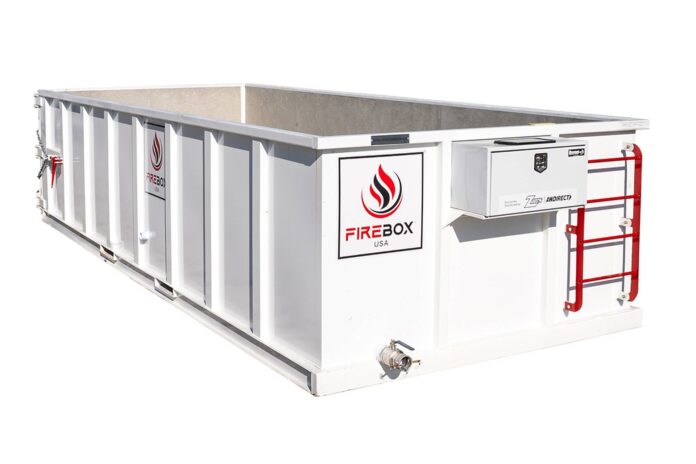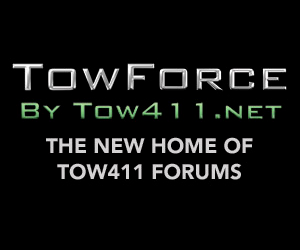Towing professionals operate in one of the most demanding sectors of transportation. With the rapid rise of electric vehicles (EVs), that challenge now includes managing new levels of risk, specifically, the fire hazards and containment requirements of compromised EVs.
A damaged EV isn’t like any other vehicle. It can enter thermal runaway hours, days or even months after an incident, turning an ordinary storage yard into a potential hazard zone. Traditional storage methods simply aren’t designed to address these risks.
That’s where the Firebox comes in, and why billing for its use is not only reasonable but necessary. The Firebox isn’t a modified container or temporary workaround; it’s a purpose-built containment system engineered to isolate, contain, and safely store compromised EVs. For towing companies, it represents more than a safety upgrade. It’s a liability shield, a risk-management solution and a revenue opportunity.
Yet some operators hesitate to bill for Firebox use, often due to concerns about insurance disputes or capped storage rates. That hesitation, while understandable, is misplaced. The Firebox is not general storage. It’s a specialty safety and mitigation service, and it’s absolutely billable.
When questioned, the best response is to redirect the conversation to compliance. You’re not inflating costs. You’re following recognized safety procedures designed to protect property, people and insurers themselves.
This is where the Energy Security Agency (ESA) becomes your strongest ally. ESA is the national authority on EV fire risk and compromised EV handling. They provide free, on-scene guidance to towing, recovery and fire service professionals, offering detailed protocols for how EVs should be handled, transported and stored safely.
If an adjuster or customer challenges your invoice, your answer should be straightforward as follows: “We are following ESA-recommended safety and compliance procedures for handling a compromised EV.” You should then be able to bill accordingly. Here are three examples of billable line items for use of the Firebox.
Standard Vehicle Storage: Your normal daily rate applies to every vehicle in your care.
Isolation and Containment: A separate line item for the Firebox itself, representing its specialized safety function. This is not ordinary storage; it’s controlled containment.
Additional Mitigation Measures: Any added precautions, such as thermal imaging, smoke detection or live monitoring, can be billed separately or bundled as a safety package tied to the Firebox’s purpose.
In addition to fair compensation, the Firebox delivers two major advantages:
Preserved Storage Capacity: Without containment, a compromised EV could require a 50-foot safety perimeter, taking multiple storage spaces out of use. With the Firebox, you safely isolate the vehicle while maintaining full yard capacity and revenue.
Enhanced Reputation: Using the Firebox demonstrates to your community, safety partners and insurance carriers that you prioritize risk management and lead with best practices. It positions your company as forward-thinking and safety-first.
As EVs become more prevalent, the question isn’t if you need a containment solution; it’s when. Waiting until after a catastrophic event happens isn’t an option. Investing in Firebox now protects your employees, your property and your bottom line.
The Firebox remains the only truly compliant, scalable and effective EV containment system available today. It’s a smart business decision that combines safety with profitability, and it deserves to be billed accordingly.
For more information about the Firebox, contact the experienced sales team at Zip’s by calling 800-222-6047.








